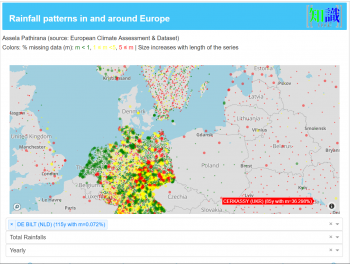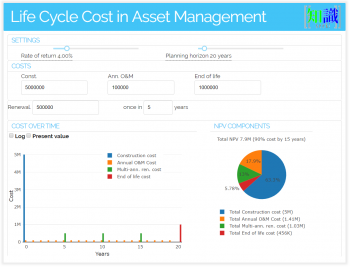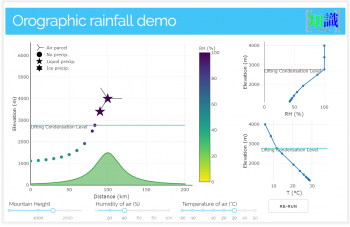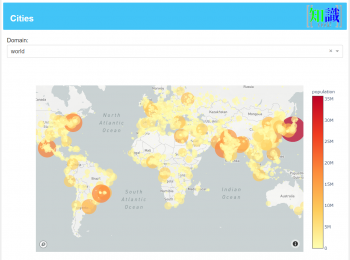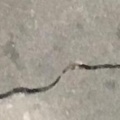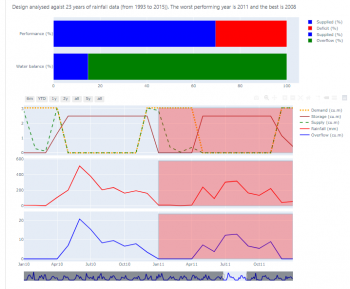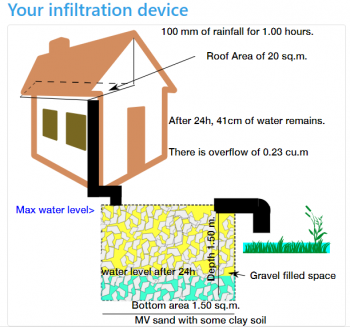Difference between revisions of "Webapps with python"
From assela Pathirana
Jump to navigationJump to search
| Line 42: | Line 42: | ||
</gallery> | </gallery> | ||
[[File:concrete_crack_results.png|thumb| | [[File:concrete_crack_results.png|thumb|center|550px|Crack detection in concrete with tensorflow [https://cp.wa.pathirana.net/ LINK]]] | ||
</div> | </div> | ||
| Line 57: | Line 57: | ||
This application has an administrative interface that can be used to add more examples. Obviously that interface is password protected and not open to the public. | This application has an administrative interface that can be used to add more examples. Obviously that interface is password protected and not open to the public. | ||
<div style="overflow: hidden">[[File:web2py swmm interface.png|thumb| | <div style="overflow: hidden">[[File:web2py swmm interface.png|thumb|center|350px|SWMM model results under different catchment conditions [https://web2py.pathirana.net/urbangreenblue/default/index LINK]]]</div> | ||
===[https://rwh1.apps.pathirana.net/ Calculating Rainwater Harvesting Potential for Small Islands]=== | ===[https://rwh1.apps.pathirana.net/ Calculating Rainwater Harvesting Potential for Small Islands]=== | ||
| Line 64: | Line 64: | ||
<div style="overflow: hidden">[[File:rwh calculator results.png|thumb| | <div style="overflow: hidden">[[File:rwh calculator results.png|thumb|center|350px|Rainwater harvesting calculator results.[https://rwh1.apps.pathirana.net/ LINK]]] </div> | ||
[https://rwh1.apps.pathirana.net/ LINK] | [https://rwh1.apps.pathirana.net/ LINK] | ||
| Line 71: | Line 71: | ||
The tool allows the user to choose this by providing the hourly rainfall rate and number of hours over which that intensity will continue. After providing the size of the infiltration pit, whether it is filled with gravel or just empty and the surrounding soil type, the user can calculate the performance of the system. The results are provided as a graphic as well as graph of water level in the structure and any overflow. | The tool allows the user to choose this by providing the hourly rainfall rate and number of hours over which that intensity will continue. After providing the size of the infiltration pit, whether it is filled with gravel or just empty and the surrounding soil type, the user can calculate the performance of the system. The results are provided as a graphic as well as graph of water level in the structure and any overflow. | ||
<div style="overflow: hidden">[[File:infil calculator results.png|thumb| | <div style="overflow: hidden">[[File:infil calculator results.png|thumb|center|350px|Groundwater recharge calculator results[https://infil1.apps.pathirana.net/ LINK]]] </div> | ||
[https://infil1.apps.pathirana.net/ LINK] | [https://infil1.apps.pathirana.net/ LINK] | ||
Revision as of 09:14, 23 October 2020
Webapps with python
Python has a number of libraries that makes creating graphics based on data. Some of these tools can create interactive graphics and also web applications so that one can allow non-programmers to explore, analyse and visualize data. Ploty Dash is such a library with a particularly easy learning curve.
Demonstration
Here are some prototype applications that were created using this library. I use docker containers based on dokku -- a PaaS (Platform as a Service) --to host these apps.
